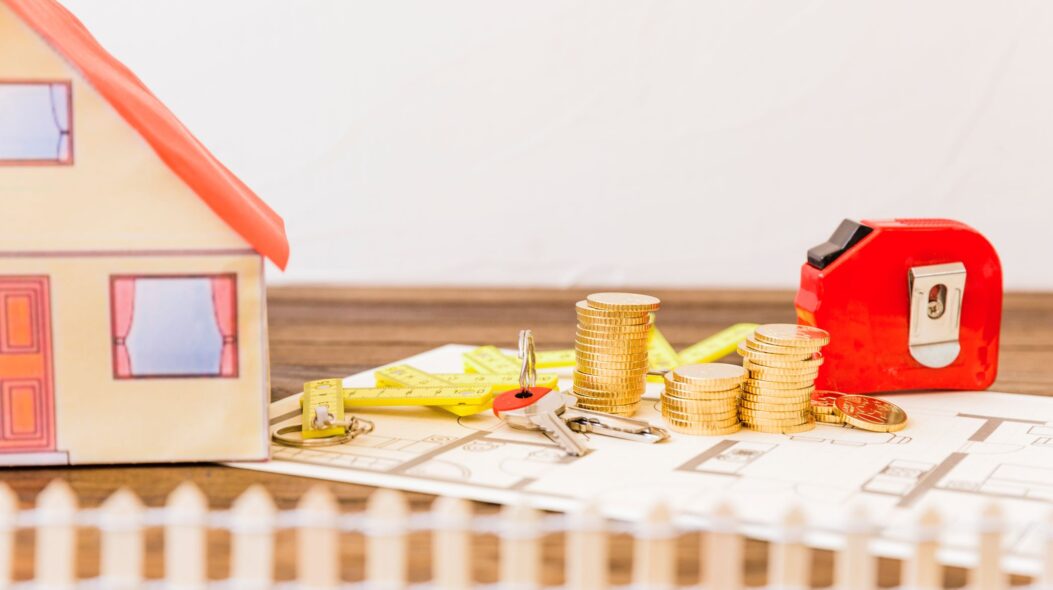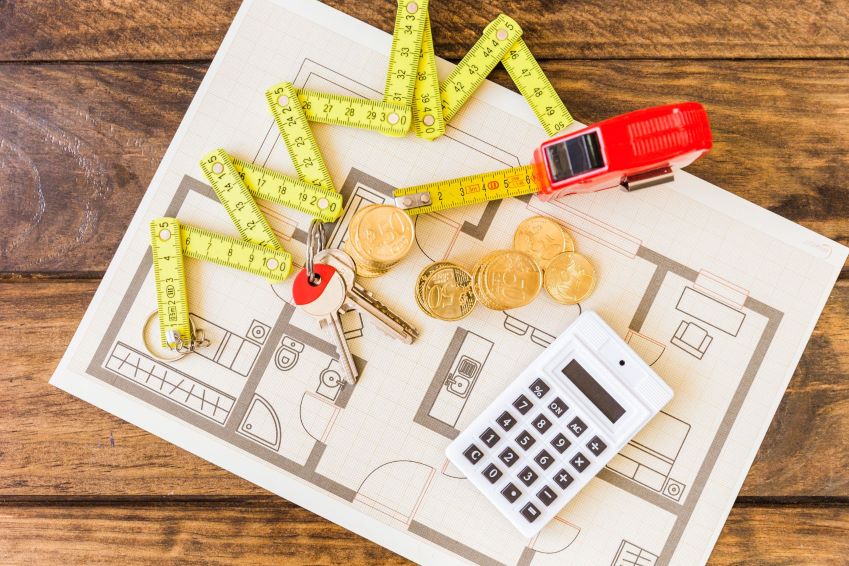Are you excited about transforming your newly purchased property? Whether you’re planning a high-end makeover or a subtle refresh, the cornerstone of a successful renovation is smart budgeting.
At HOMA2u, we’ve seen homeowners lose tens of thousands of Ringgit simply due to poor planning—and it doesn’t have to be that way!
Understanding the Renovation Landscape
In Malaysia, a typical home renovation can range from RM60,000 to RM150,000. However, these figures aren’t set in stone. With a strategic approach, you can create your dream space without overspending.
In this article, we share six practical renovation hacks that may help you save over RM10,000, along with some nuanced insights to guide your decisions.
For instance, incorporating accents like glass panels in your living hall can add both elegance and natural light to your space.
1. Start With a Robust Budget Plan
Before you even browse home accessories or sign contracts with designers, you need a well-thought-out budget. Drafting a budget isn’t just about crunching numbers—it’s about prioritizing your needs and avoiding impulse spending.
Pro Tip:
- Identify Your Must-Haves: List the one or two features that are non-negotiable in your space.
- Build Around Them: Tailor your design concept to emphasize these essentials.
- Seek Inspiration: Explore Pinterest, renovation magazines, or local Facebook groups for ideas.
- Draft and Compare: Create your budget and gather at least three quotes from interior designers or contractors to ensure competitive pricing.
Adopting a minimalist design approach might not only reduce clutter but can also help lower overall costs by focusing on essential elements.
A clear budget not only keeps your spending in check but also provides a framework to make informed decisions throughout your renovation journey.
2. Embrace the DIY Spirit—When It Makes Sense
Are you the type who loves rolling up your sleeves and getting things done yourself? DIY projects can be extremely satisfying and cost-effective, especially for tasks like installing mirrors or laying cement. Online resources—like YouTube tutorials—can guide you through many projects step by step.
However:
- Time vs. Quality: If you’re short on time or unsure about achieving a professional finish, it might be better to rely on experts.
- Enjoy the Process: When done right, DIY not only saves money but also adds a personal touch to your home.
For example, if you’re considering a DIY project involving stainless steel fixtures for your kitchen, you might find detailed tutorials that ensure a sleek finish without breaking the bank.
3. Source Your Own Materials
Working with an interior designer often means tapping into their network of contractors and suppliers. While this can be convenient, it might also add a premium to your materials. Sourcing materials independently can help you cut out the middleman and secure better deals.
For example, consider buying leftover branded tiles from HOMA2u’s online store. These surplus tiles, purchased directly from construction sites at discounted rates, offer a budget-friendly alternative without compromising on quality.
You might also explore options like porcelain tiles, which provide an elegant yet durable finish for areas such as your bathroom or kitchen backsplash.
Remember:
- Do Your Homework: Compare quotes and calculate the cost-effectiveness before making your decision.
- Explore Resources: Check out our step-by-step guides on buying tiles or choosing between porcelain and ceramic options for extra insights.
For those with a creative edge, consider integrating industrial design elements with accents of composite bamboo to create a distinctive look without overspending.
4. Plan Your Electrical Layout Thoughtfully
Modern homes are packed with electrical gadgets—from coffee machines to gaming consoles. A carefully planned electrical layout can save you from costly rewiring in the future. Make sure to discuss your specific needs with your electrician or contractor to ensure that your wiring plan is tailored to your lifestyle.
Common Query:
- When Should You Rewire?
If you’re buying a sub-sale property, outdated wiring could pose safety risks, making a complete rewiring a wise investment.
Extra Insight:
- Circuit Efficiency: Installing power points and appliances on the same circuit can simplify shutting them off when not in use, reducing both energy consumption and future labor costs.
Consider integrating modern touches like stainless steel light fixtures in your corridor or living hall for both aesthetic appeal and durability.
5. Be Selective With New Furniture
While the prospect of fresh, new furniture is enticing, it’s important to note that furniture can account for 50% to 70% of your renovation budget per living space. Ask yourself whether each piece is essential. If not, consider alternative options like high-quality second-hand finds or repurposing existing items.
Key Consideration:
- Invest Wisely: Prioritize spending on items that enhance both the functionality and aesthetic of your home.
6. Maximize Natural Ventilation
A well-ventilated home not only feels more inviting—it also helps reduce energy costs by cutting down on air conditioning needs. Design your layout to maximize natural light and airflow. This simple strategy can help reduce moisture, prevent mold, and improve indoor air quality.
Innovative Tip:
- Ventilation Blocks: Consider using cost-effective ventilation blocks, such as HOMA2u’s Ventilation Block HM11.160, available for just RM3.50 per unit.
7. Invest in Energy-Efficient Appliances
Energy-efficient appliances, marked with 4- or 5-star ratings, might have a higher upfront cost, but they offer significant long-term savings on your electricity bills. Upgrading to energy-saving models—like air-conditioners, air purifiers, and refrigerators—can be a smart financial move.
Final Thought:
- Compare and Contrast: Always compare quotations and consider the energy savings over time before making a purchase.
Final Thoughts: Patience and Comparison Are Key
Saving over RM10,000 on your home renovation is achievable with careful planning, smart decision-making, and a willingness to explore creative solutions. Remember to take your time, compare multiple options, and be flexible in your approach.
Also, think about enhancing your property’s exterior—designing a welcoming terrace that refreshes your facade can elevate your curb appeal and add to long-term value.
Have you tried any of these strategies, or do you have additional tips to share? We’d love to hear about your experiences in the comments below!
A well-planned renovation is not just about saving money—it’s about creating a space that reflects your lifestyle and endures for years to come. Happy renovating!




